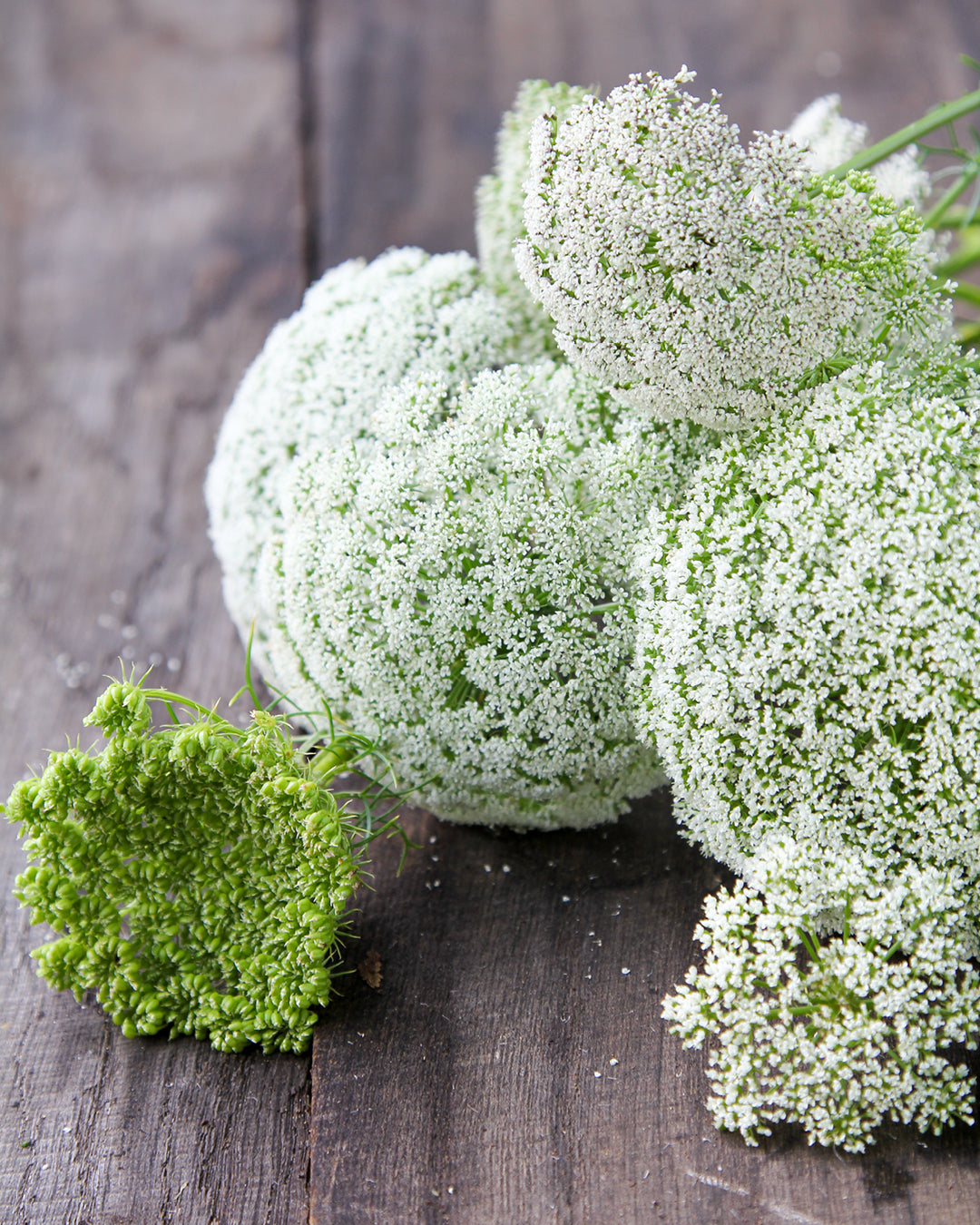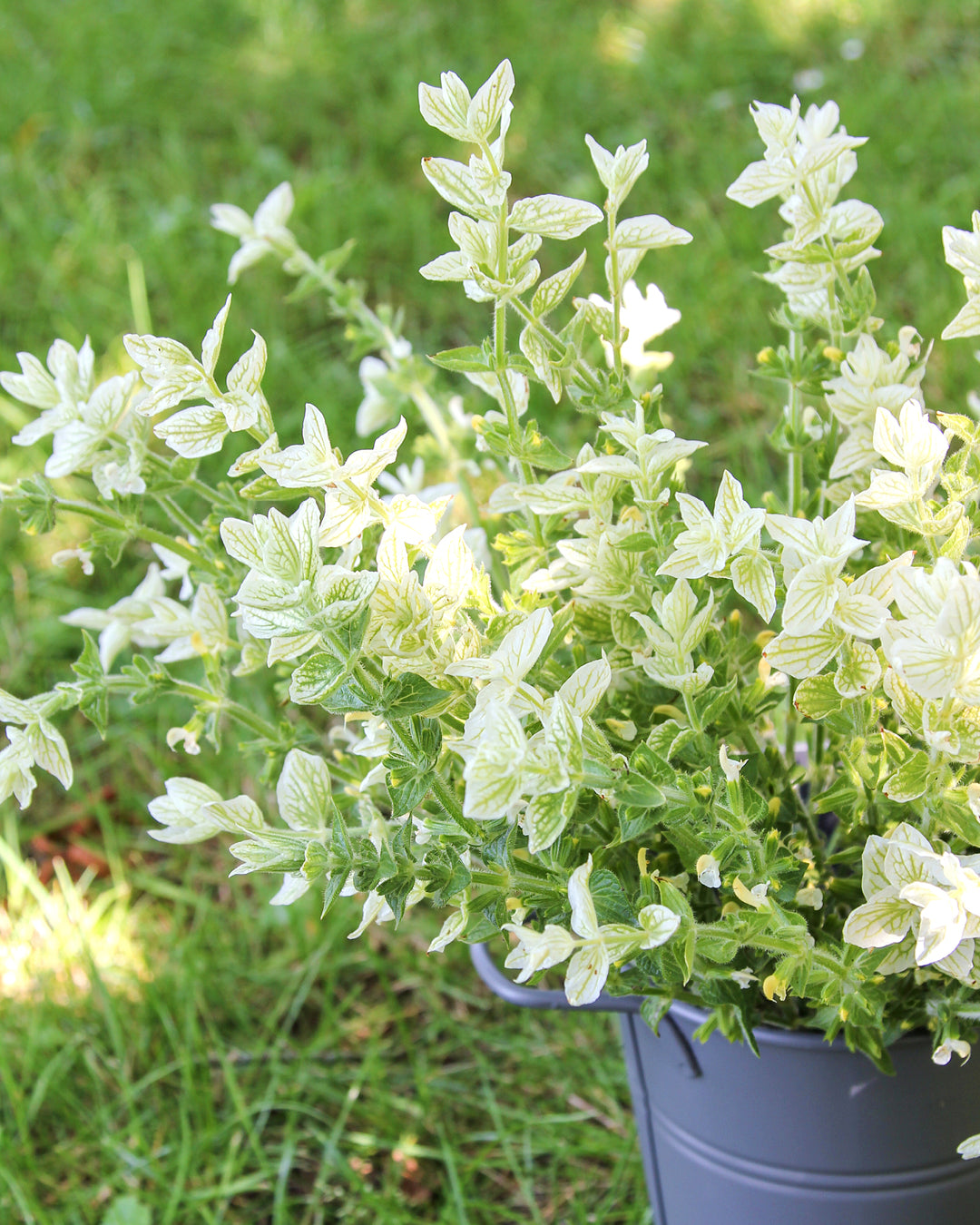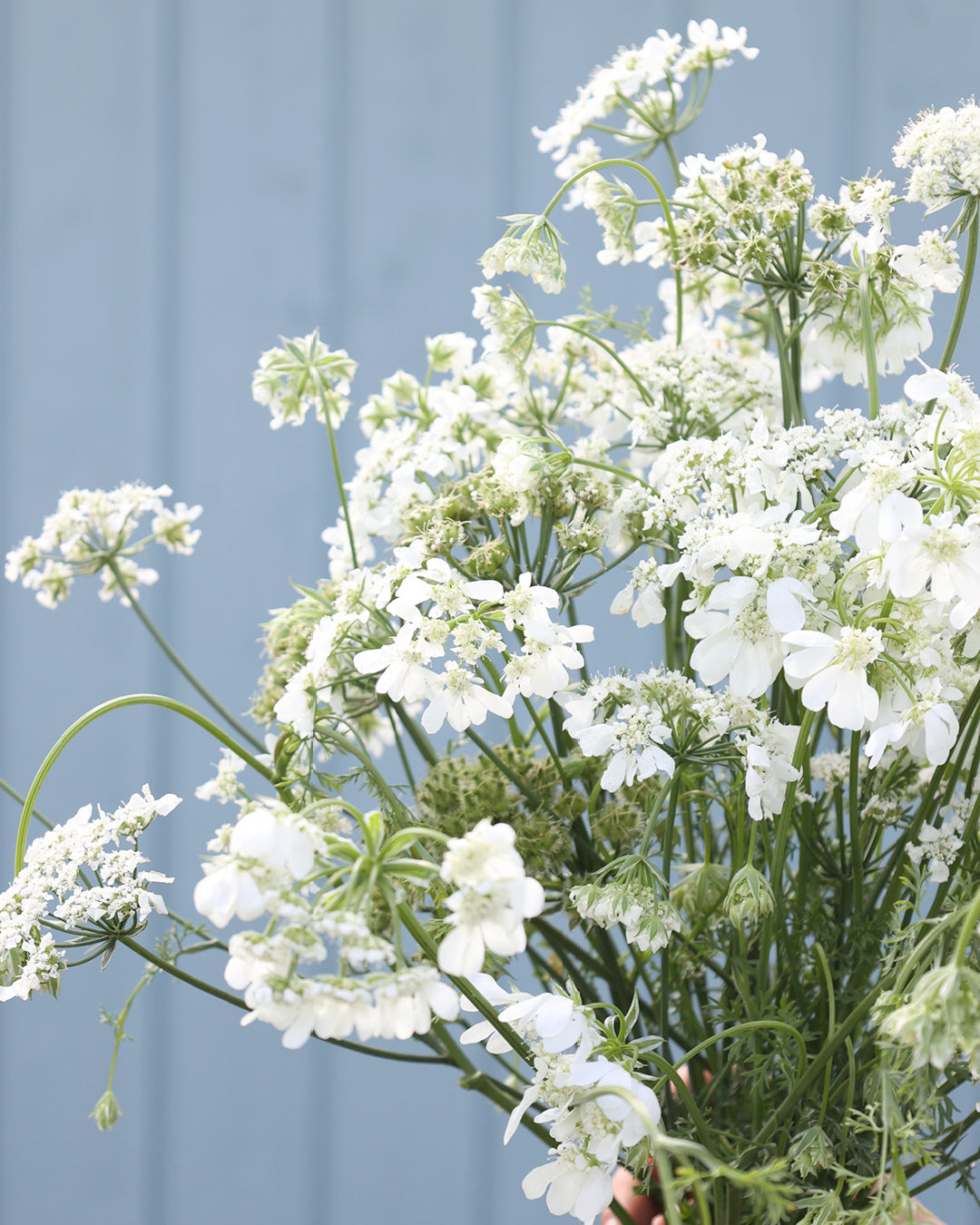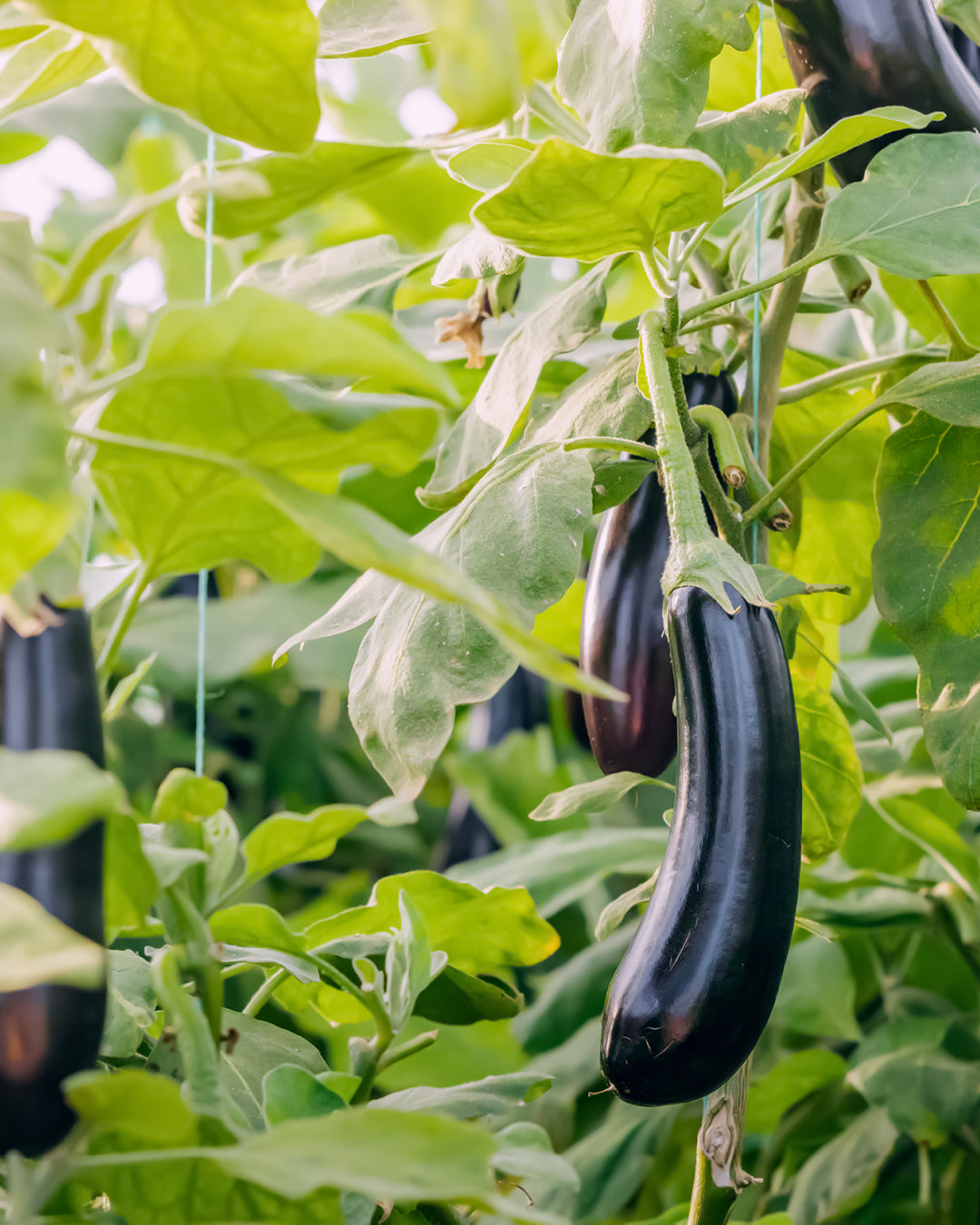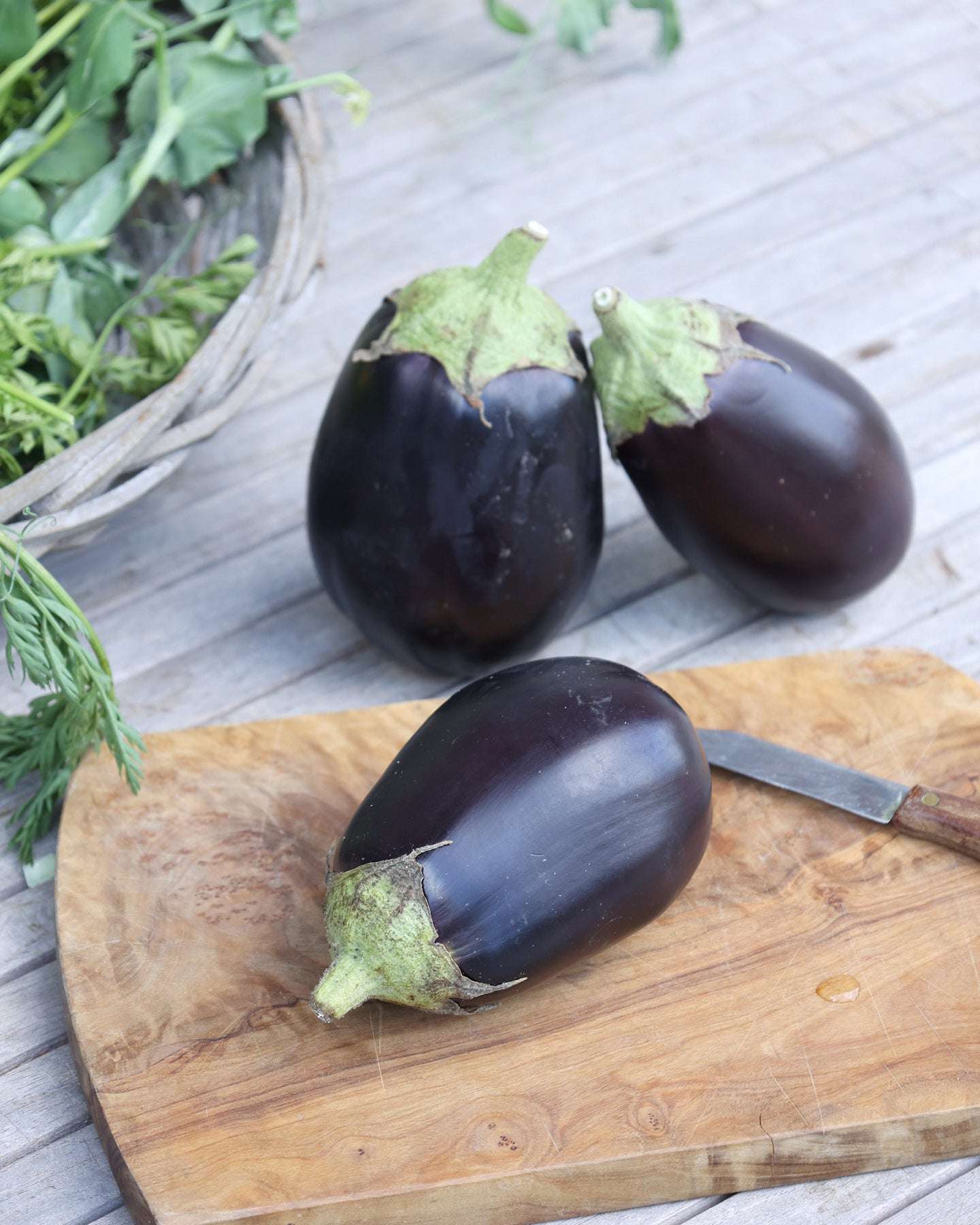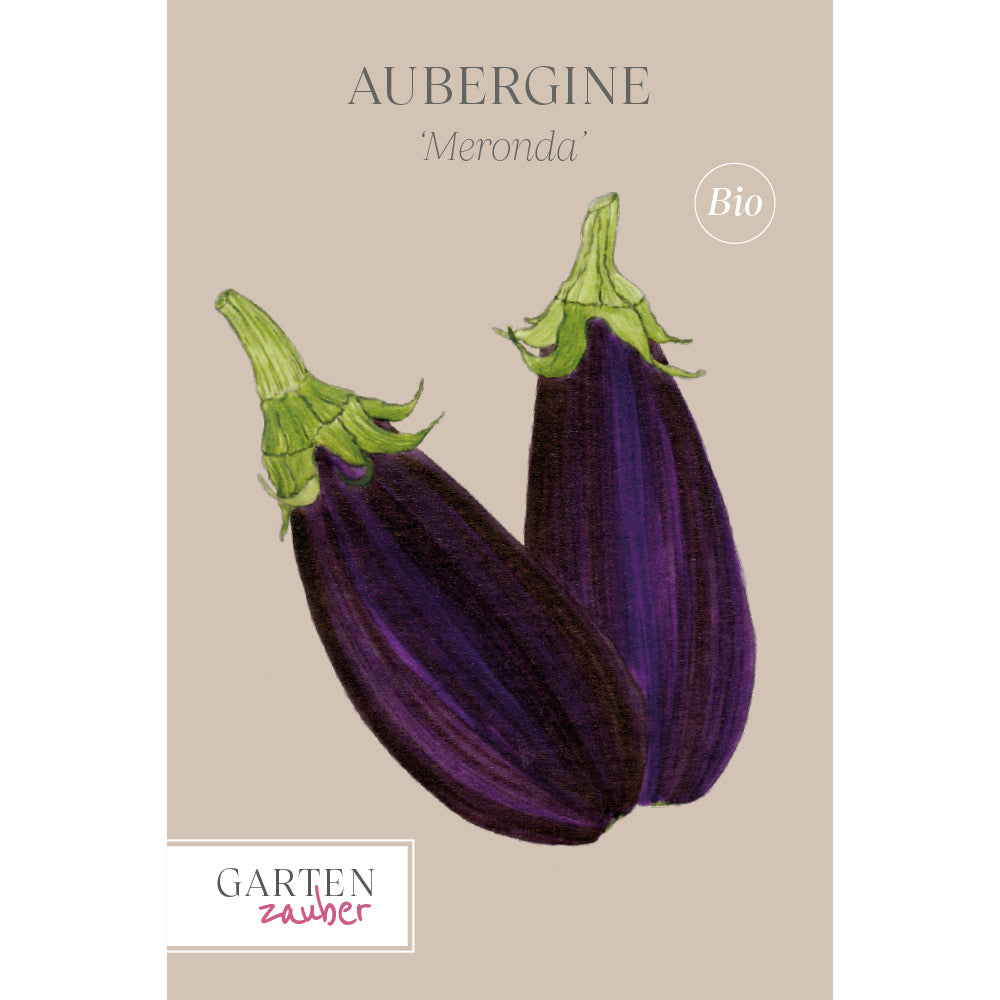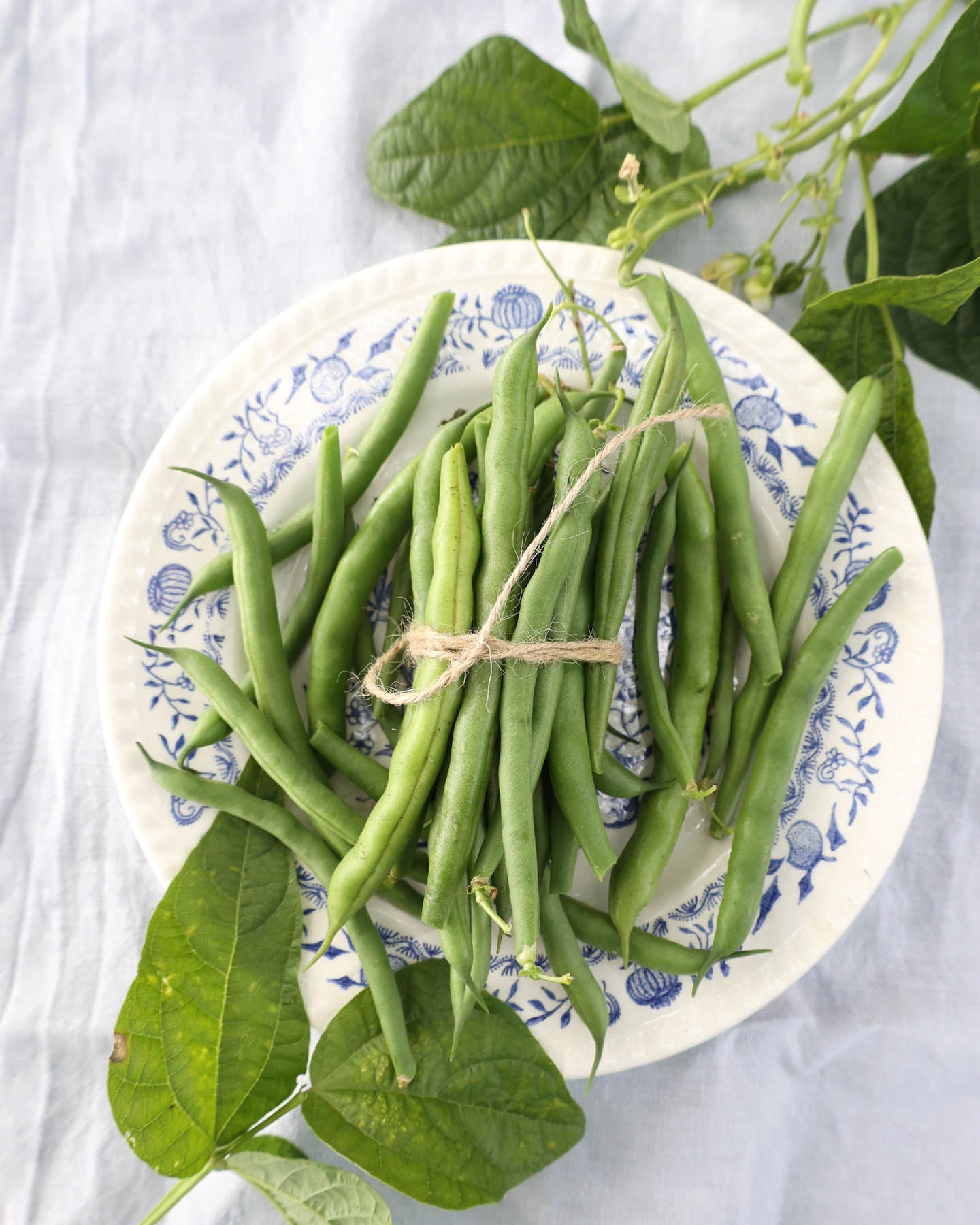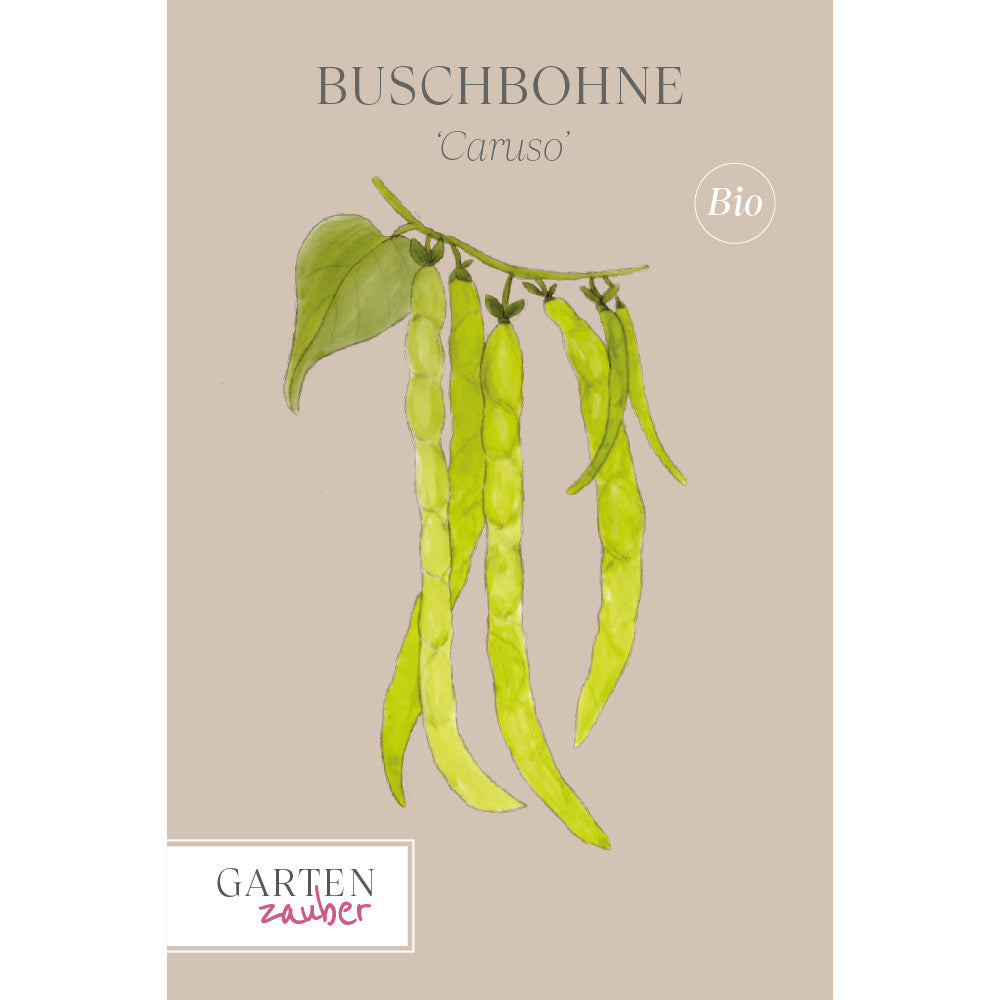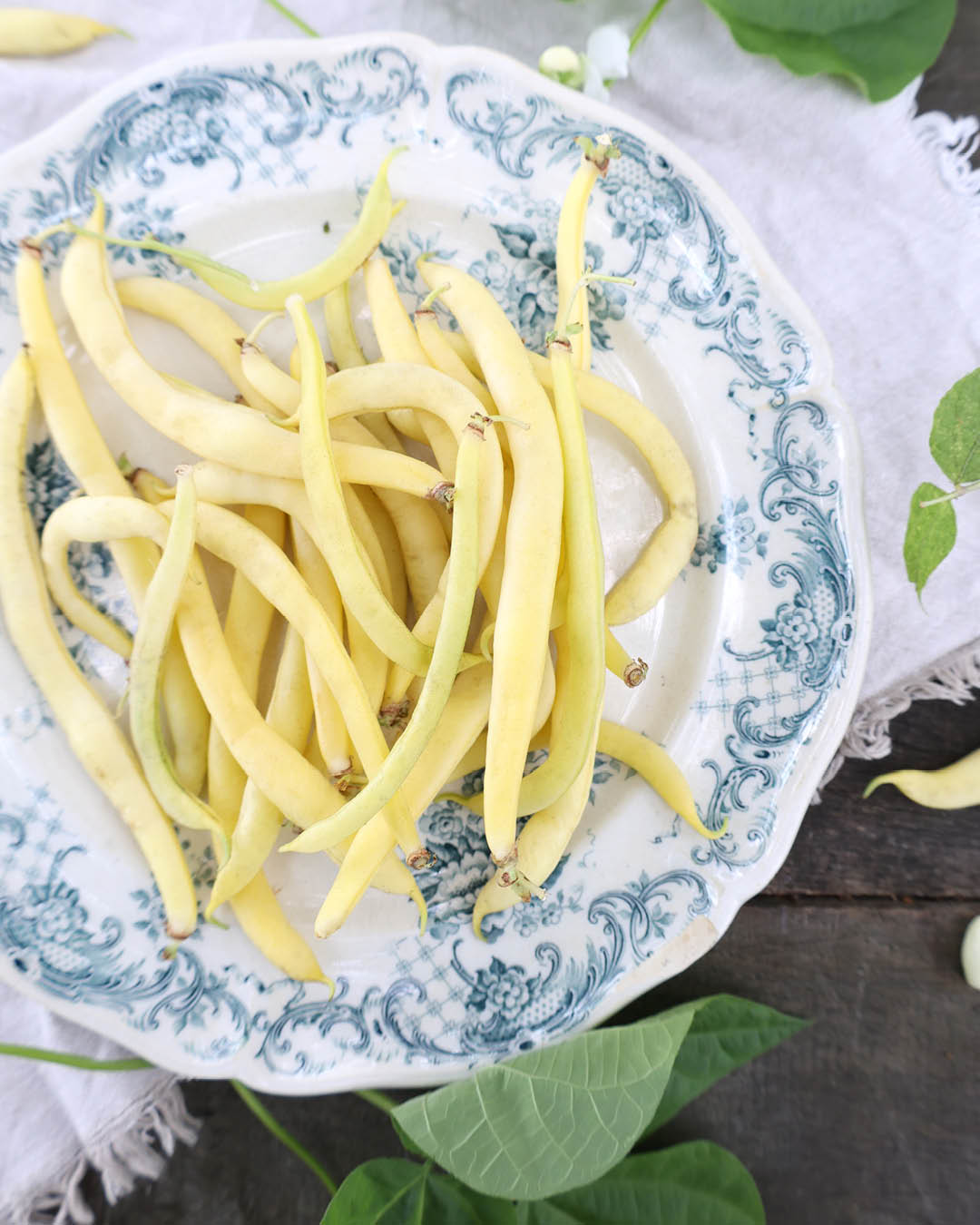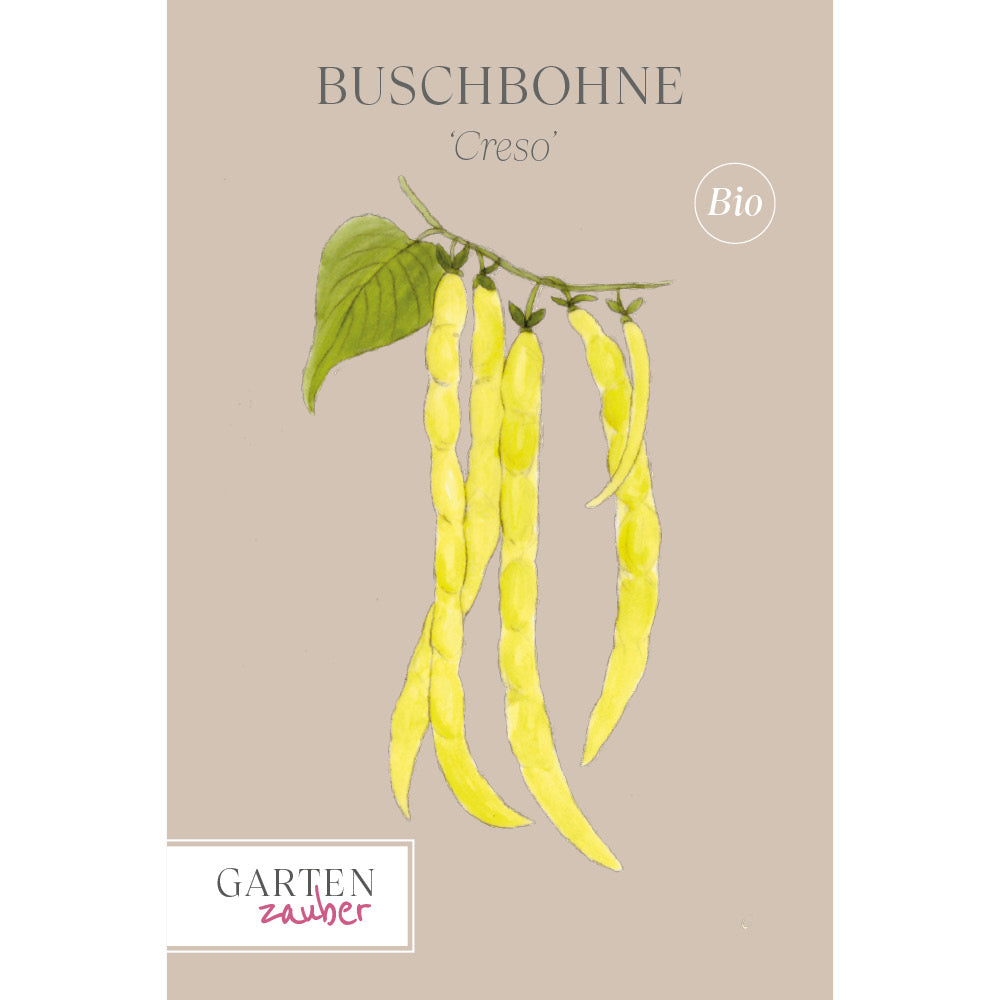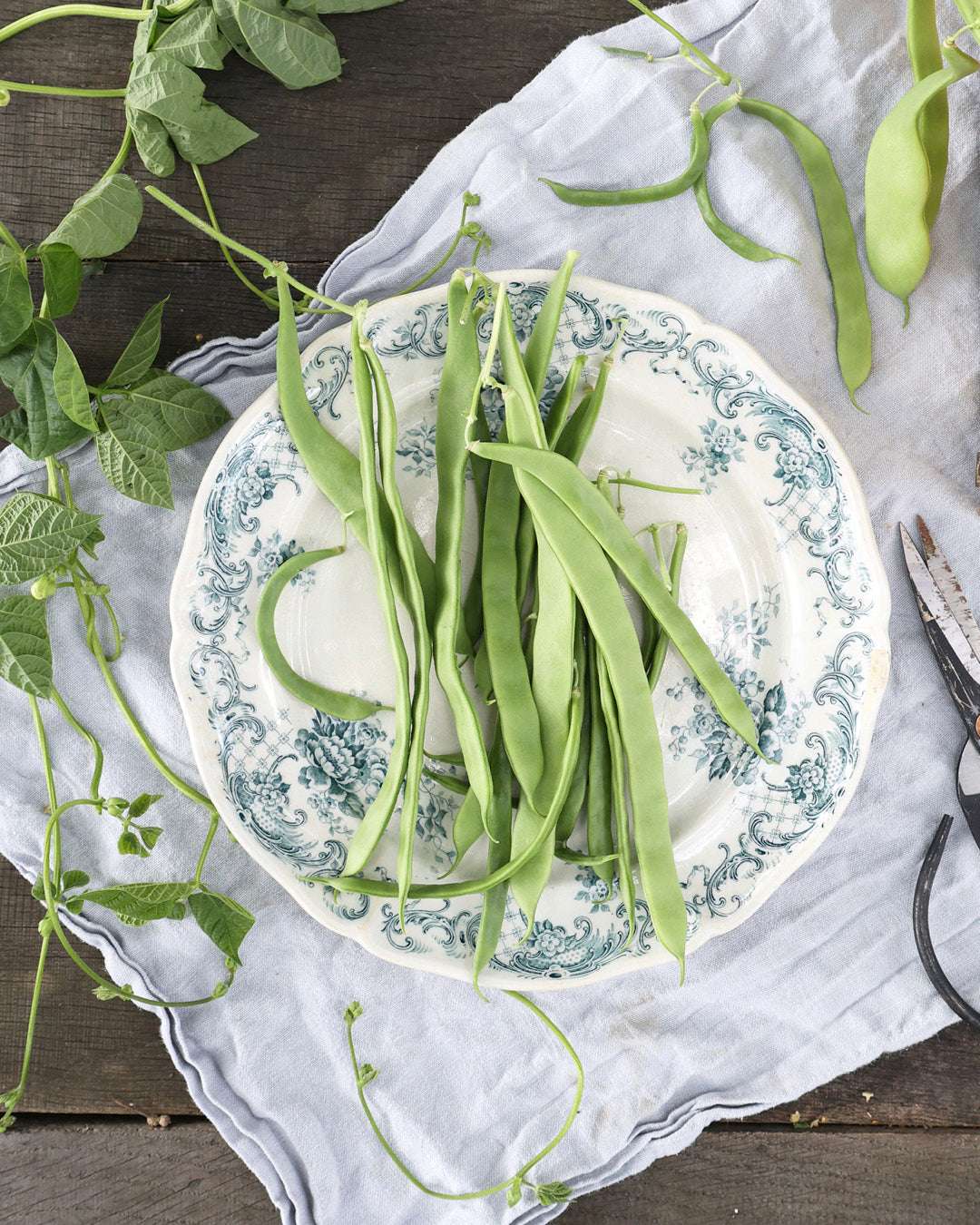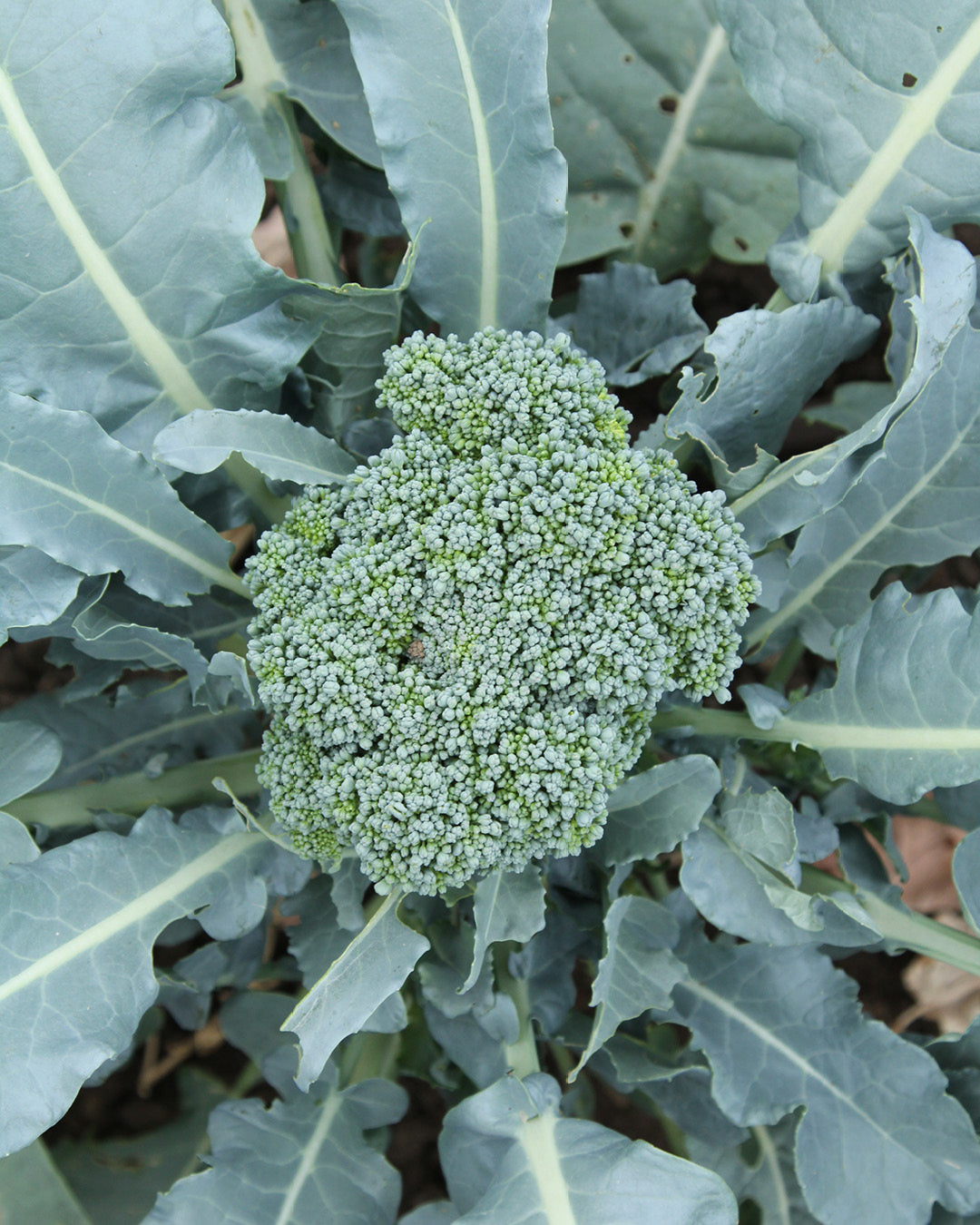Care tips for houseplants
Care depends very much on the plant. Unfortunately, there are no rules for watering, as many factors play a role. The best way to tell if a plant is thirsty is to observe it. All potted plants need fertilizer. Pruning is less important than in the garden.
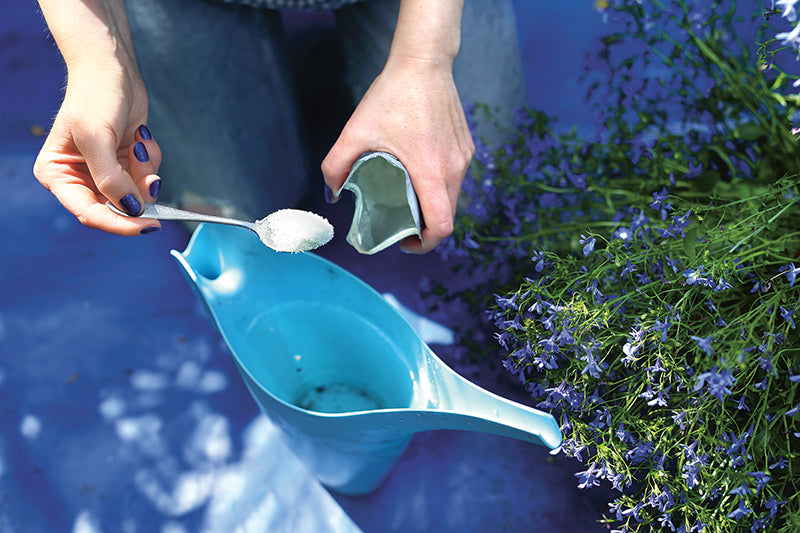
Which watering water?
The best water is low-mineralization, slightly acidic (pH 6.5): rainwater, spring water, filtered water, mineral water. Rainwater is always slightly acidic; check the label for bottled water. Otherwise, use tap water. Add a little citric acid and let the water stand for 24 hours to allow the chlorine to evaporate. If you have few plants, you can also use a filter jug for drinking water. Distilled water contains too few minerals. With a little liquid fertilizer, it is suitable for watering. Add the fertilizer to the water a few hours before watering. Mist plants with water in the morning to ensure they are dry at night (humidity would hinder the gas exchange that takes place at night). Never water in the midday sun or during very hot weather.
Green plants
Pour:
Watering depends on the plant, its size and health, the pot size, the soil, the time of year, the ambient temperature, the humidity, etc. Water the plant when the leaves become noticeably less shiny and begin to droop. The pot is light and sounds hollow. If a plant is very thirsty, small waterings every 10 minutes are best, allowing the soil to gradually absorb the water. Otherwise, the water will run off the dried-out root ball, and the roots cannot absorb it. If necessary, place the pot in water for 15 minutes.
Fertilizer:
Potted plants require fertilizer because their nutrients are depleted within a few months. It's best to dilute fertilizer with more water than indicated on the label; too much fertilizer will harm the plants. Always apply granular or liquid fertilizer to moist soil.
Cut:
Pruning also depends on the plant. Brown leaves and dried flower stems should be removed from almost all plants. Don't tear off dead leaves, as this could uproot the plant. Use pruning shears.
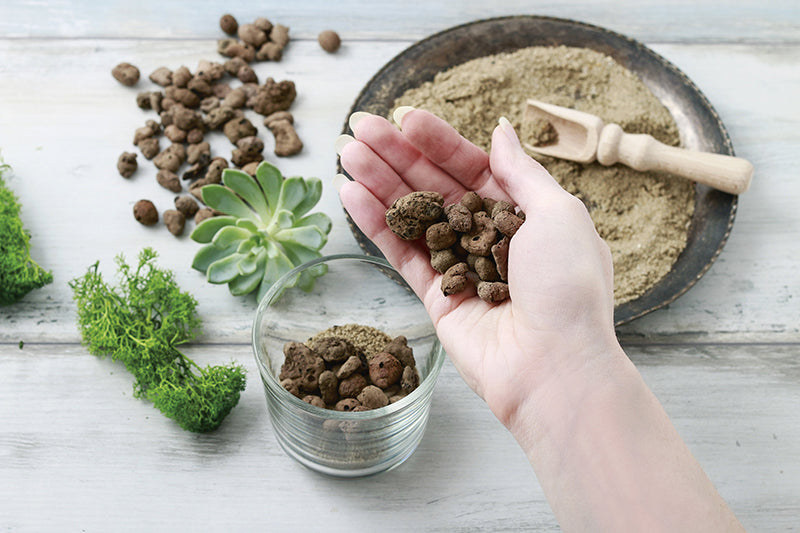
Cacti and succulents
Pour:
It's generally thought that cacti don't need water. It's true that they die more often from too much water than from too little. But they do need water, especially when grown in pots. Cacti are in the growth phase from spring to mid-October. They can be watered every two weeks.
Water carefully. Overwatering at once can cause cells to burst, leading to the death of plant parts. Cacti and succulents are dormant from mid-October until spring. Water them only when they begin to wilt. Water lightly if the air is very dry, but no more than once a month.
Only water when the soil is completely dry. Use water at room temperature and, if possible, low in lime (add a few drops of vinegar or citric acid to hard water). Water only the soil, not the cactus: Remove the spray head from the watering can. Water liberally until the water runs into the saucer. Wait 15 minutes and then empty the saucer. Never water after repotting. The damaged roots are sensitive and may begin to rot. Allow 7 to 10 days for the wounds to heal.
Fertilizer:
Starting in mid-April, add liquid fertilizer to the water every other time. You can use cactus fertilizer; however, tomato fertilizer or flowering plant fertilizer, diluted twice as much, is just as suitable and less expensive. Do not fertilize during the dormant period.
Cut:
Many cacti are not pruned. Some succulents need to be pruned to prevent them from growing too fast. This applies to the Crassula, for example. You can shape it into a small tree by regularly removing the inward-growing and crossing shoots, and by cutting back all shoots every six months to encourage denser growth and prevent them from becoming long and overhanging.
Orchids and Tillandsias
Pour:
If the roots are very white, place orchids in a container of water for 10 minutes every week, and every two weeks in winter. If the roots are light green, they have enough moisture. Spray the leaves of the Tillandsia with water twice a week in summer and once or twice every 10 to 12 days in winter. Spraying is only effective if done liberally. Spray the entire plant two or three times, from above and below, at five-minute intervals to prevent the leaves from drying out too quickly and to allow the plant time to absorb the water.
Fertilizer:
In nature, Tillandsias feed on dead plant matter, water running down branches, and animal droppings washed off by rain. Apply orchid fertilizer, diluted four times as directed on the label, once or twice a month in summer, once a month in fall, and every two months in winter. Spray at least once without fertilizer between applications to remove mineral residue from the leaves. Do not fertilize when it's too hot or when a Tillandsia is dehydrated or weakened.
Cut:
Just cut off the dry tips (they indicate a lack of water, so spray the plant more often).
Immerse ocher and tillandsia in water
You can also immerse these plants in a container of water for a few minutes. Then let the water drain away before returning the plant to the saucer. Varieties with a lot of scale, such as Louisiana moss, are difficult to water thoroughly by spraying and enjoy a soak. This way, you can revive even a dehydrated plant. This is the case when the leaves curl into teardrop shapes. Place such a plant in a container of water for 2 or 3 hours, and it will recover.
← vorheriger Post: Better gardening with permaculture – living sustainably in harmony with nature

The content of this article is from the book:
Catherine Delvaux
50 green decoration ideasSimple planting recipes for home, garden and balcony
Price 29.95 EUR
ISBN 978-3784355986
LV Buch, Agricultural Publishing House
Decoration made from green plants is trendy
Greenery is a must on any windowsill, even on the smallest balcony, everywhere... Spruce up your home with bottle gardens, florariums, kokedamas, wall gardens, and other original arrangements. This book features 50 micro gardens for your home and balcony. The projects are easy to create and require little maintenance.

